20 Potential Eye-Catchers At Mobile World Congress
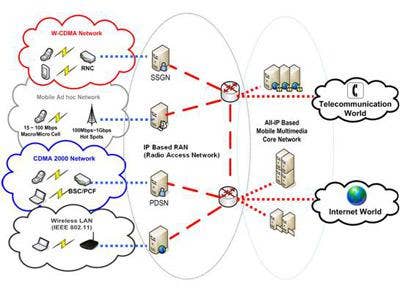
Mobile World Congres kicks off in Barcelona on Monday, and many of the mobile world's most visible vendors -- including a great many with big plans for the mobile channel -- will be in the exhibit hall throughout the week.
As we checked out the definite and potential products to be exhibited, here are 20 that caught our eye as "must-sees." Some are confirmed to be there, others come from rumor mills that just won't stop chugging, especially as they relate to such hot rumors as Windows Mobile 7 and a flood -- no, a deluge -- of Android-based devices.
Smartphones to infrastructure, these are some of the vendors to keep an eye on.
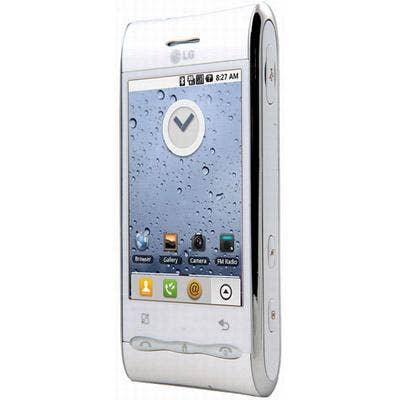
LG earlier this week released two new smartphone, the LG Mini GD880 and the LG GT7350, and is said to have several more smartphones on the way for Mobile World Congress. Among those rumored are the Arena Max (also known as LU9400), for which if the rumors are correct will see an LG phone with a Qualcomm Snapdragon processor, a 3.5-inch touch screen, a 5-megapixel camera and Wi-Fi, GPS and Bluetooth support.
One of the phones it's definitely bringing to MWC is the GT540 Swift Android smartphone -- LG's second Android phone, which debuted at CES in January. The phone sports Android 2.0, a 320 x 480 pixel touchscreen display, a 3.15 megapixel camera, a microSD slot expandable up to 32 GB, video and audio players, and integrated Google apps. Like many new LG releases, it also has a strong social networking flavor, using LG's SNS Manager for one-touch Facebook, Twitter and Bebo support.
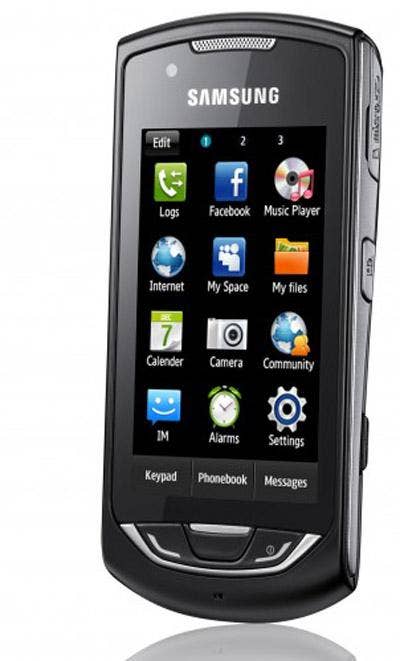
Samsung earlier this week announced the Samsung Monte S5620, which offers quick-access to Facebook, MySpace, Twitter and Bebo, support for a number of instant messaging clients, Wi-Fi connectivity, and a 3.2-megapixel camera.
The bigger buzz around Samsung is whether it will use Mobile World Congress to make a splash around Bada, the new Samsung mobile OS platform the company announced in December. Some rumors have Samsung releasing a phone at MWC that runs on Bada and has a screen display called Super AMOLED, which supposedly offers image quality five times clearer than AMOLED. What you got for us, Samsung?
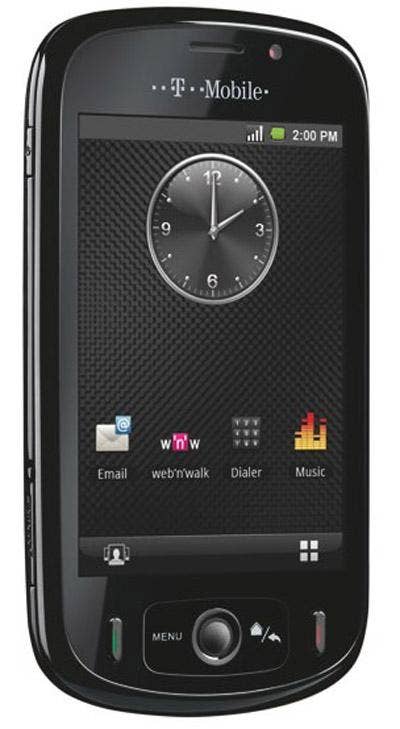
Huawei last Friday confirmed that it would launch a number of Android-based devices at MWC, building on a Huawei Android line that already includes its U8220 and T-Mobile Pulse (pictured). Huawei hasn't let slip any particular details about what it will be serving up that's new, except to say it would be unveiling a "home-use device" as part of the lineup. Does that mean a netbook? A mobile device? Huawei, we're waiting for the details.
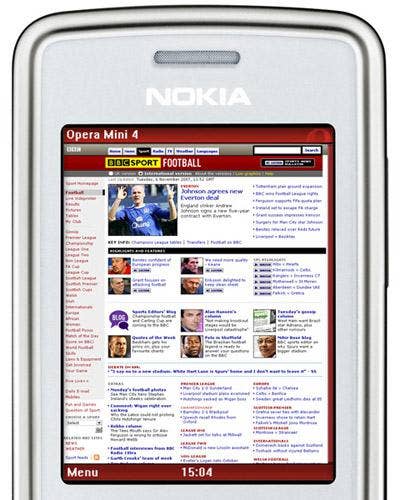
Opera is the browser company that keeps chugging along despite the fact that its much-better-known rivals -- obscure little players named Microsoft, Google, Mozilla and Apple -- haven't given it much room in the overall browser market share. Opera recently announced plans for a mini version of its browser for iPhone, and confirmed earlier this week that Opera Mini for iPhone will be sneak-peeked at Mobile World Congress. Opera also plans to unveil other Opera-powered devices at MWC, including Opera Mobile 10, a beta browser for Google Android handsets, and Opera Mobile 10 beta 3 for Symbian S60 and Windows Mobile phones.
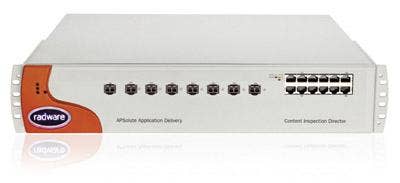
Radware has mobile infrastructure on the brain, and it will bring to MWC its Content Inspection Director ODS3, the latest version of the Israeli company's Content Inspection Director line. According to Radware, the director is targeted to carriers and service providers and uses a deep packet/flow inspection engine to help those partners manage tricky services deployments through redirection and smarter architectures, both mobile and fixed-line.
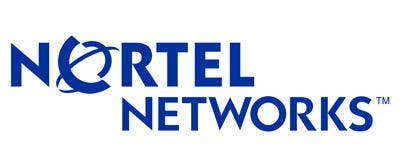
Nortel may be having a tough go of it lately, but the company is still pushing its Carrier VoIP and Application Solutions (CVAS) business and has confirmed it'll be out in force at MWC. Nortel said it plans to lead discussions around CVAS products, and will specifically be exhibiting 3G mobile VoIP and fixed-mobile convergence products, including the Communications Server 2000 softswitch (pictured). According to Nortel, the CS 2000 saw recent enhancements that now allow it to be carrier grade IMS-ready and can scale up to 2 million busy call hour attempts.
Nortel's CVAS business is currently in the process of being acquired by Genband, which will also be at the conference.
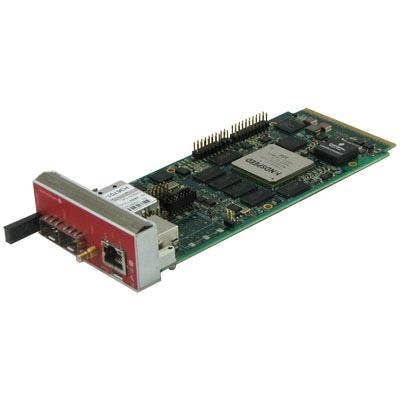
Interphase is bringing its iSPAN 36701, a wireless base station-on-a-card that's designed for use in 4G networks both LTE (eNodeB, specifically) and WiMax base stations. Interphase targets its products to base station developers trying to tap into the coming 4G boom. Interphase will also be demoing a number of different wireless products, from multiprotocol controllers to high density TDM-IP interworking cards.
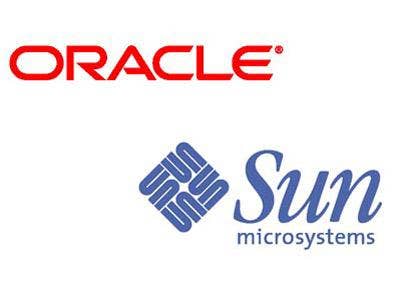
When you think "vendors who tackle mobile," Oracle and the recently Oracle-acquired Sun Microsystems don't immediately come to mind. But Oracle plans to be all over Mobile World Congress; in a statement released this week, the company announced a large selection of workshops and on-site discussions, as well as a lengthy list of products and services it plans to demo at both the Oracle pavilion and the Oracle-Sun booth at MWC. Among Oracle's top products on view will be the Sun Netra 6000 Modular System with SPARC chip multithreading (CMT) blades, an infrastructure offering for service providers. Oracle will also be demoing its Communications Order and Service Management 7.0 software, and announcing new updates to the Java Platform Micro Edition for Mobile Java.
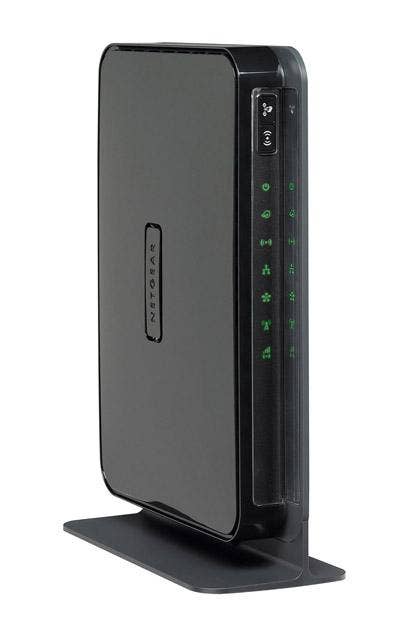
Netgear will be showing off its MBRN3300E 3G Mobile Broadband Router, which comes equipped with an internal 3G radio and which Netgear developed with Ericsson. According to Netgear, it's a product for "locations that lack wired infrastructure," and it allows users to leverage a 3G broadband Internet connection using a number of different devices, either through Wi-Fi or Ethernet. The Router includes 802.11n wireless connectivity, four 10/100 Ethernet LAN ports and a built-in firewall. Netgear plans to market the product through internet service providers (ISP), continuing a recent trend by Netgear to design and market products that go after particular small-and-medium sized business niches.
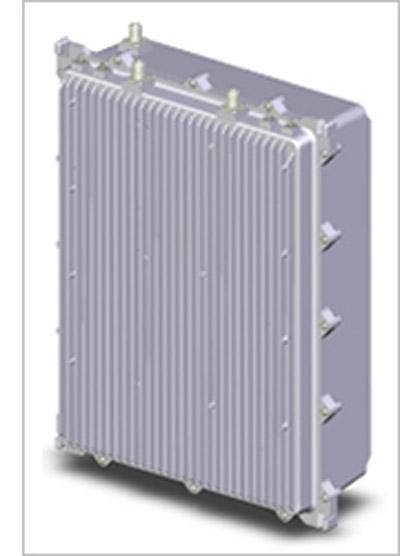
Add Kyocera to the list of vendors hoping to tout the latest and greatest in 4G LTE wares and appeal to mobile service providers and infrastructure specialists. Kyocera said earlier this week it will bring what it calls the world's first Long Term Evolution (LTE) micro base station to Mobile World Congress.
Kyocera developed the micro base alongside Starent Networks (recently acquired by Cisco), and says the base station weighs fewer than 26.5 pounds with a volume of 12 liters and offers 8 watts of transmit power. The company will also be bringing its macro base station -- 39.7 pounds with a volume of 20 liters, at 211 watts or less of power -- to MWC.
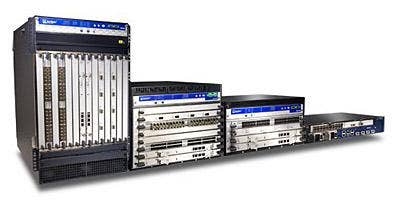
Juniper has three new products headed for Mobile World Congress, all of them related to Project Falcon, its mobile initiative. First is Juniper Traffic Direct, which takes mobile traffic and redistributes it from wireless LAN resources to the Internet using Juniper's MX-3D router's scaling functionality. Second is Juniper Media Flow, a mobile network optimizer that with software from Ankeena Networks attempts to ease congestion on mobile and fixed networks. Third is Mobile Core Evolution, a new mobile packet core system from Juniper designed to support 3G and 4G services on the same network.
All three products make use of Juniper's Junos software platform and its high-end MX-3D series routers (pictured), which were first unveiled in October.
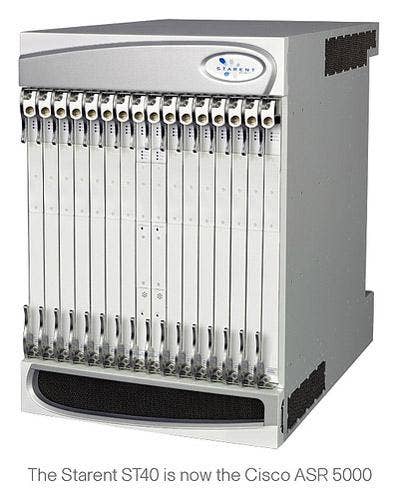
Cisco's exhibition at Mobile World Congress will center on a slew of products it picked up as a result of acquiring mobile infrastructure specialist Starent Networks last fall. Earlier this week, Cisco debuted its new ASR 5000, formerly Starent's ST40 mobile core chassis, and newly outfitted with Cisco's Unified Reporting System for network management. The ASR 5000, combined with the Unified Reporting System, the ASR 9000, the ASR 1000, MWR, CRS-1 and Nexus series routers, completes an overall IP Mobile Multimedia Architecture for Cisco. The networking giant is expected to unveil more aspects of its mobile infrastructure strategy at the conference.
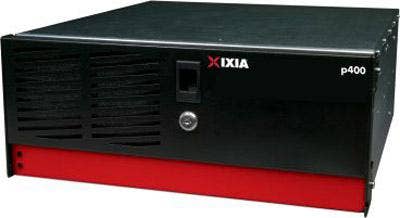
Ixia is best known for its converged IP performance test systems and service verification platforms, which vendor customers use to gauge the quality and reliability of wireless and wireline infrastructures. At Mobile World Congress, Ixia will be demonstrating its IxCatapult multi-UE simulator using Rohde & Schwarz's CMW500 LTE protocol tester. The companies' combined demo hopes to show passersby the potential of LTE by testing various LTE wireless nodes and showing how they'll play a key role in mobile handset development around LTE.
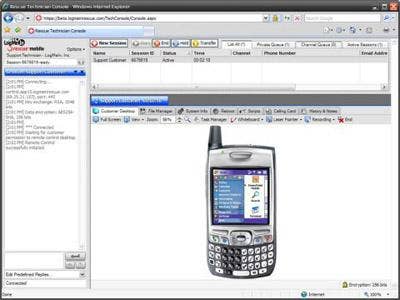
According to LogMeIn, the scrappy Woburn, Mass.-based company has already been shortlisted for a GSMA Global Mobile Award at Mobile World Congress. It isn't tough to see why. The company's LogMeIn Rescue+Mobile product has caught on with smartphone manufacturers and mobile service providers alike.
Rescue+Mobile is a Web-based remote support tool through which support technicians can configure, diagnose, repair or otherwise monitor various networked devices remotely. The tool works on Windows-based PCs and Mac computers, but also for Windows Mobile phones, Symbian OS phones and BlackBerry handsets. More recently, LogMeIn added support for Android-based devices, too.
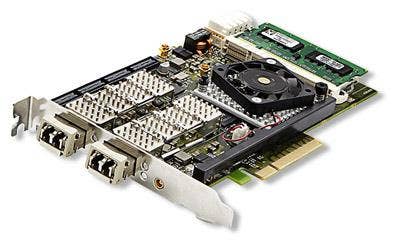
The growth of IP-based mobile data networks -- the advent of 4G networks like LTE being the prime example -- means that the potential problems and monitoring concerns of those networks are also growing. Enter companies like Napatech, which makes multi-port 10 GbE and 1 GbE adapters to do real time network analysis and recently enabled those adapters to support mobile networks. Various features of its network and capture adapters (the NT20E PCIe is pictured at left) include on board memory of 1 GB to 4 GB, zero packet loss, and 10 Gbps capture-to-disk, which lets users capture and analyze mobile traffic for more effective troubleshooting.
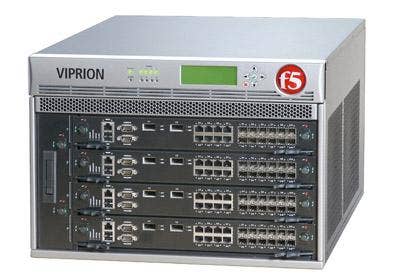
Coming off some of its strongest-ever quarterly growth, F5 Networks is at Mobile World Congress with its Viprion Application Delivery Controller, marketed as a single-box product for better scale and performance of Authentication, Authorization and Accounting (AAA) infrastructures. F5's seen plenty of traction with the product, which it described as the first application delivery controller that scales on demand, since its debut in early 2008. F5 has continued to tweak and add to Viprion. In January 2010, the company unveiled Performance Blade 200, a hardware add-on that uses dual quad-core processors and F5's own Clustered Multiprocessing technology as a virtual processing fabric -- adding more processing power, in other words, to what Viprion can do.
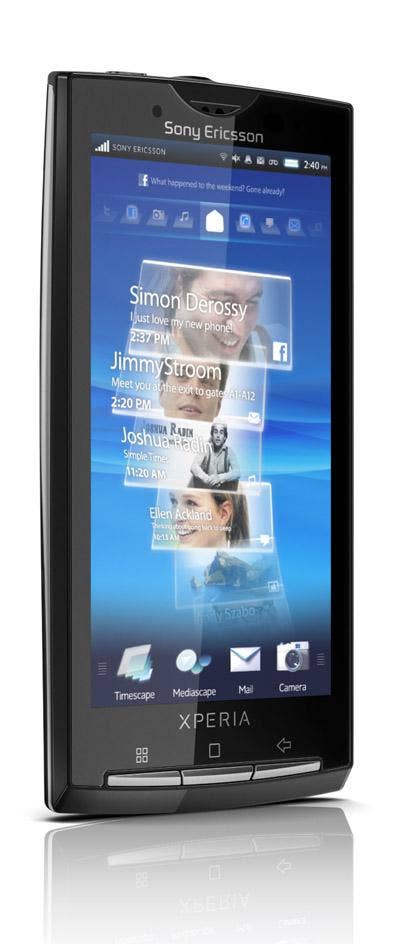
Sony Ericsson is throwing a media event the day before MWC officially begins, so who knows what the handset maker has up its sleeve still. Likely to be seen among its Mobile World Congress litter is the Sony Ericsson Xperia X10, which was announced in November but is still lacking a proper launch date. Formerly known as "Rachel," Xperia X10 is Sony Ericsson's first Android-based phone that's 3G and Wi-Fi compatible, has a touch screen, has an 8-megapixel camera, boasts support for apps from Google's Android market or Sony's own Play Now Arena, and runs on Android version 1.6. Additional details have been slim, except for the inclusion of Sony Ericsson Timescape -- a social networking tools aggregator -- and a statement by Sony Ericsson saying Xperia X10 will be upgraded to a more current version of Android soon.
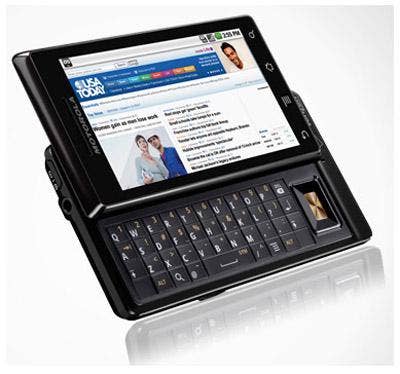
Motorola's been mighty quiet about what's coming -- we know, we've been asking and asking and asking -- but has confirmed that something is coming. Motorola has an event scheduled for opening day of Mobile World Congress, for which various observers are suggesting it will launch the next of its Android phones. Moto had a big fall with the launch of the Motorola Cliq and the Motorola Droid, and it's already promised the arrival of Devour, the next of its Android wonders. Persistent rumors have it unveiling something called the Motorola Zeppelin, likely an Android 2.1 phone that like the Cliq comes with its MotoBlur interface and a large (rumored to be 3.7-inch) touchscreen. The niftiest hook we've heard about the Zeppelin is that it will have front- and back-facing video cameras, intended for videoconferencing. We're stumped, Motorola. Help us separate fact from fiction.
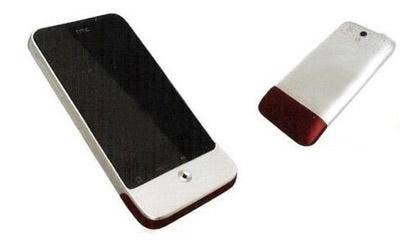
HTC's Android releases are supposedly going to keep coming fast and furiously, and that's saying something considering the pace with which HTC has dominated the Android conversation -- not least as the manufacturer of Google's Nexus One -- in the past year. The Taiwanese handset maker hasn't confirmed anything specific for Mobile World Congress as of this writing, but a supposedly leaked product roadmap from December promises several goodies. Among the rumored HTC phones are the HTC Bravo, which supposedly will have 720p video capture and a 5-megapixel camera, plus DivX video support and Dolby sound.
Other rumors highlight a phone called the HTC Legend (supposed pictures seen at left), which is supposed HTC's successor to the HTC Hero -- one of Everything Channel's 10 Coolest Smartphones of 2009 -- and will run Android 2.1. HTC seems to enjoying its status as a spunky new contender in the international mobile phone game, so it's wise to bank on it making some noise at MWC.
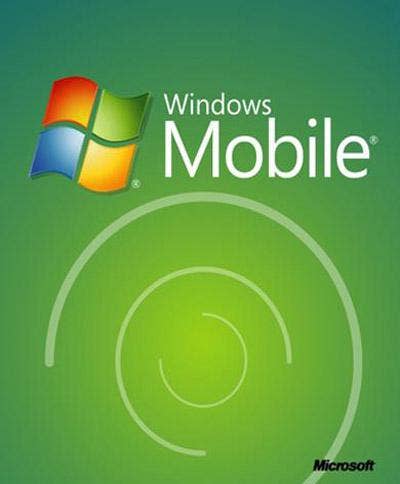
Ah, the million-dollar question for Mobile World Congress: will Microsoft indeed debut Windows Mobile 7 and potentially launch a Zune Phone, too? WinMo 7 has been a much picked-over topic in recent weeks, and rumors of a Zune phone have been making the rounds for quite a while, with the usual spate of leaked specs and fuzzy, unverifiable photos hitting just about every major Windows Mobile news service and product blog out there. What does Microsoft have in store for us at MWC?